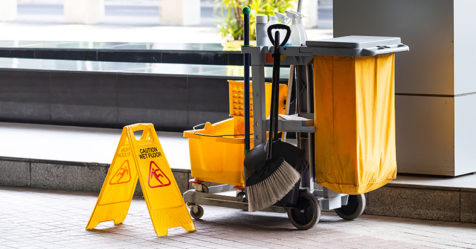Employee Engagement Falls for the Second Time in Nearly 20 Years
Low employee engagement is holding back global worker productivity, according to Gallup’s latest State of the Global Workplace report.
Global employee engagement and employee wellbeing have generally risen during the past decade. But both fell in 2024, which has implications for corporate productivity, innovation, and performance, Gallup said.
In 2024, the global percentage of engaged employees fell from 23% to 21%. Engagement has fallen only twice in the past 12 years — in 2020 and 2024. Managers are experiencing the sharpest decline. Manager engagement fell from 30% to 27%, while individual contributor engagement remained flat at 18%. Engagement among managers under the age of 35 fell by five percentage points; female manager engagement dropped by seven points.
In recent years, managers have been squeezed between new executive priorities and employee expectations. Gallup research suggests leaders should rethink managerial roles entirely. By redesigning role responsibilities around performance coaching, organizations can improve team performance for the new workplace, not the old one.
The best organizations Gallup has studied put manager training and development at the center of their strategy. Even rudimentary training shows benefits to engagement, it found. However, managers who receive best-practice training have seen their own engagement and their team’s engagement improve substantially. Management performance metrics improved by 20% to 28%.


